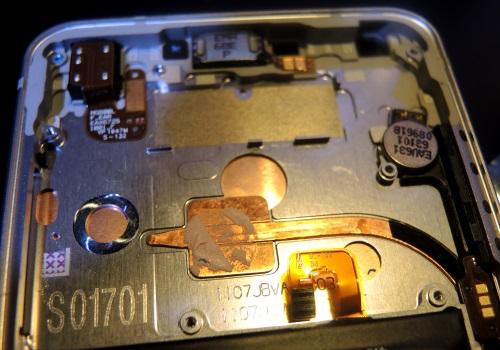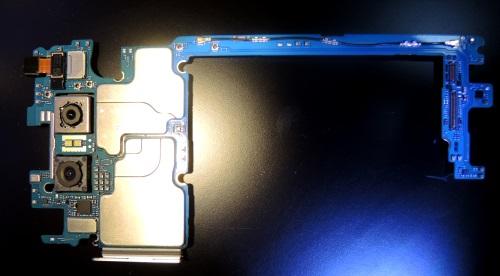SAN FRANCISCO – LG Electronics went wide with its latest smartphone and thinks Apple and Samsung will, too. The G6 debuted at Mobile World Congress uses a 5.7-inch display with an 18:9 aspect ratio and dual wide-angle cameras.
“We tried to make the screen the biggest part of this device…we see 18:9 as an emerging format, and many movies are being published or shot in this format this year,” said Ian Hwang, product planning manager for LG’s G and V series phones, who believes the Apple iPhone 8 and Samsung Galaxy 8 will both support the 18:9 aspect ratio this year.
LG makes the new LCD display in the G6 which uses two LEDs to deliver a 500 nit brightness indoors and 650 nits outdoors. The QHD+ (2880 x 1440 pixel) display opened the door for new camera modes as well as a new look and feel for all the applications on the handset.
“We overhauled the user interface to make use of the 18:9 aspect ratio,” Hwang said.
He claimed the handset is the first phone not made by Google to use the Google Assistant, a voice-based machine-learning service that debuted in Google’s Pixel phones last year. LG’s home appliance division announced products at CES in January using the competing Amazon Alexa service.
“We will look to align our AI strategies,” said Hwang, noting the company typically takes an agnostic view of competing industry platforms.
Next page: Battery, cameras, not SoC differentiate
Inside the phone, observers could see LG’s goal of trying to create a premium experience while keeping costs down. For example, the G6 uses the 14nm Qualcomm Snapdragon 821 running at 2.35 GHz rather than the newer 10nm 835.
The handset aims to focus on the LG-made display, not the third-party SoC, as its point of differentiation. “The processor used to be the most important component in the handset, but those spec wars have ended,” said Hwang.
Nevertheless, the SoC drove LG to introduce its first heat pipe in a handset. LG placed the SoC far from its display driver IC, the second hottest chip in the handset.
The phone includes two 13 Mpixel backside cameras, a 71-degree and a 125-degree imager. The dual image processors in the Qualcomm SoC allow them to deliver 2x optical and 16x digital zoom.
The 330 mAh battery in the phone, also made by LG, is 18 percent more dense than LG’s prior handset and 10 percent more dense than the battery on the Samsung Galaxy 7. The phone also supports two wireless charging standards.
— Rick Merritt, Silicon Valley Bureau Chief, EE Times 
Related posts:


